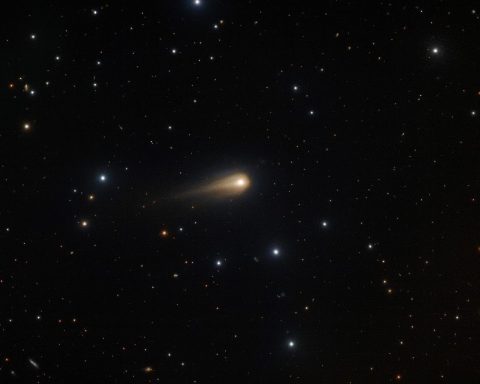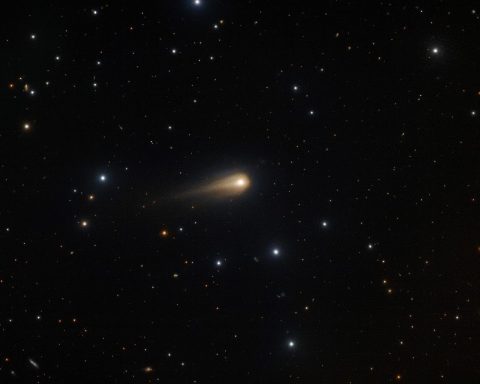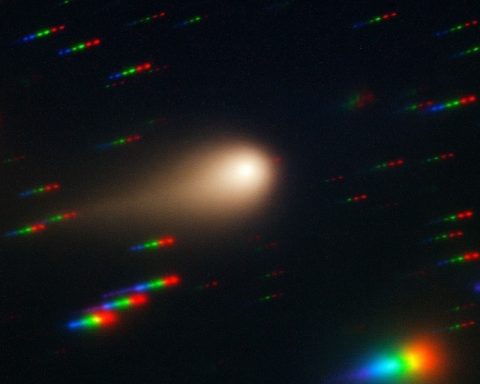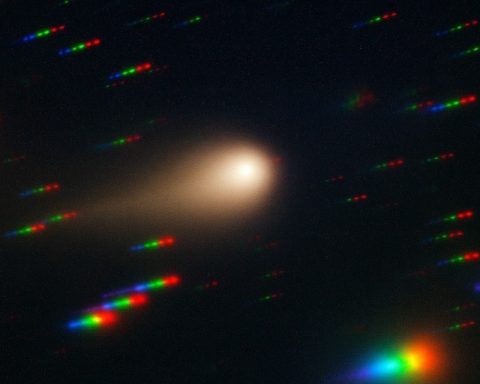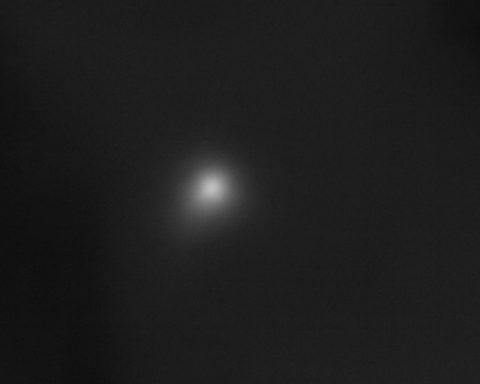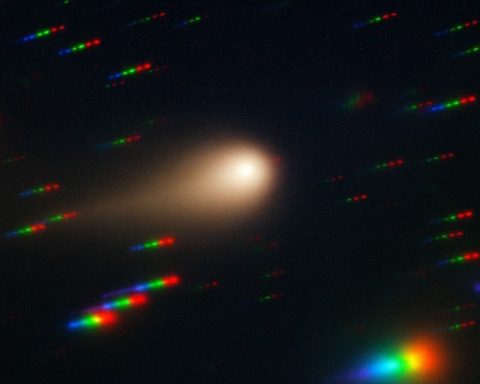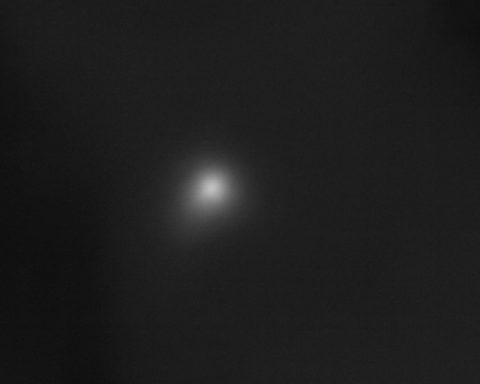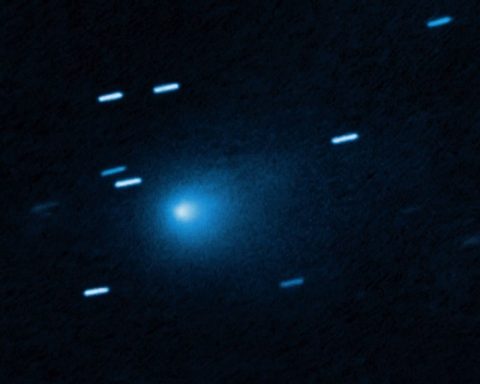
Interstellar Comet 3I/ATLAS: December 2025 Close Approach, New Hubble Images and ‘Ice Volcano’ Surprises
Interstellar comet 3I/ATLAS – also known as C/2025 N1 (ATLAS) – has just become the most closely watched visitor in the night sky. On 4 December 2025, a wave of new observations and images from NASA and ESA revealed that

